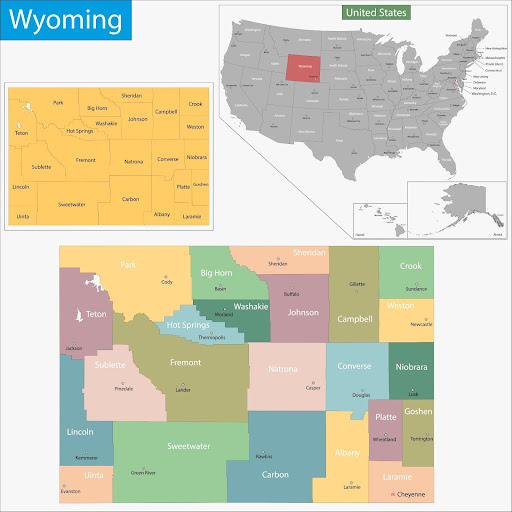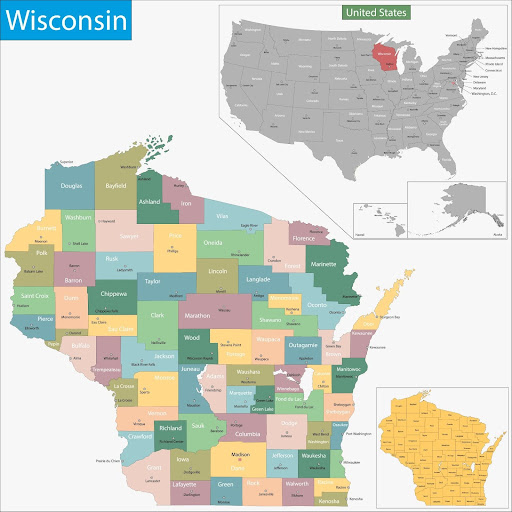Table of Contents
From the Canadian border to the driftless bluffs, Minnesota’s wildfire profile is shaped by fuel-rich forests, unpredictable weather, and a long history of lightning and human-caused ignitions. For fire investigators, it’s not the fire size that’s always the issue; it’s the mix of terrain, rural infrastructure, and tight response timelines.
This guide on wildland fire resources in Minnesota lays out the critical operational context for investigation in the state: key agencies, seasonal windows, and training resources.
Get started with our resources for wildland firefighting.
Live Incident Updates & Maps
Use this live tool to monitor active wildland fires and updates in Minnesota:
State Overview
Minnesota is a state of contrasts. Boreal forest, prairie grasslands, and mixed hardwoods all burn differently, and all exist in fire-prone ecosystems.
- Northeastern MN (Arrowhead & BWCAW): Lightning-sparked wildfires are common here. Heavy conifer fuels, remote lakes, and limited access often delay detection.
- Central MN (Brainerd Lakes, Wadena, St. Louis Co.): Jack pine barrens and old burn scars create fast-spreading conditions during spring wind events.
- Western & Southern MN: Fire activity here is mostly agricultural, but grassland fires and ditch burns gone wrong still present real risk.
Ignition patterns vary, but most fires are human-caused—debris burns, equipment sparks, or recreational campfires.
Wildfire Season Timeline
Minnesota has two peak seasons:
- Spring (March–Mid-June): This is Minnesota’s dominant fire season. Dead vegetation, strong winds, and low humidity contribute to fast-moving surface fires.
- Fall (September–October): Shorter in duration but still high-risk, especially in areas with dry duff and residual fuels.
The Minnesota DNR posts daily fire danger levels by region, and Red Flag Warnings are common during dry, windy days.
Key State Agencies Involved
Local Wildland Firefighting Resources
Local response plays a major role in wildland fire suppression in Minnesota. Here’s a closer look at the local resources available in the state.
List of Local/State/Federal Fire Response Agencies
- Minnesota Department of Natural Resources – Division of Forestry: Primary suppression and investigation agency for non-federal wildfires. It also provides fire prevention education, fuel management, and technical forestry support.
- Volunteer Fire Departments (VFDs): Often the first to arrive at wildfires in rural areas. Work alongside MFC and may assist with initial investigation and scene security.
- U.S. Forest Service (USFS): Manages fire suppression and investigation on federal lands. Fires on national forest property are handled according to NWCG protocols.
- Local Sheriff’s Offices: Assist with ignition source interviews, access control, and enforcement in criminal cases. Often serve as the first point of coordination for cause determination.
Contact Numbers and Emergency Links
- To Report a Wildfire: Dial 911
- MN DNR Fire Duty Officer: Contact your regional forestry office | dnr.state.mn.us/fire
- MNICS Fire Information: mnics.org
- Burn Permit Status & Restrictions: apps.dnr.state.mn.us/burning_restrictions
Training & Volunteering
If you’re interested in wildland fire management, Minnesota offers various training programs and volunteer opportunities.
NWCG-Approved Academies and Centers
Volunteer and Seasonal Training Opportunities
Stay Informed on Minnesota’s Wildland Fire Landscape
Investigating wildfires in Minnesota is often about distance and detail. Fires can smolder in duff for days or burn hot across pine flats in minutes. The terrain is rugged, and access is limited.
Your best advantage?
- Subscribe to MNICS fire bulletins
- Maintain direct contact with DNR FMOs and forest rangers
- Use burn permit data to track ignition patterns
- Stay current on NWCG recertifications
Wildfire in Minnesota is shaped by wind, water, and the woods. For investigators, it’s a matter of knowing what hides beneath the surface.
FAQs
How do I report a wildfire in Minnesota?
Call 911. Dispatch will notify the DNR or local responders, depending on jurisdiction.
Are burn permits required?
Yes, most counties require them. Use the DNR’s online system to check status and restrictions.
Who investigates wildfires in Minnesota?
The Minnesota DNR leads most investigations. USFS handles federal lands. State Fire Marshal assists with criminal or high-profile cases.
How do I become red card–certified in Minnesota?
Attend NWCG training through the MNICS Academy or seasonal DNR programs. FI-210 is required for fire investigators.










